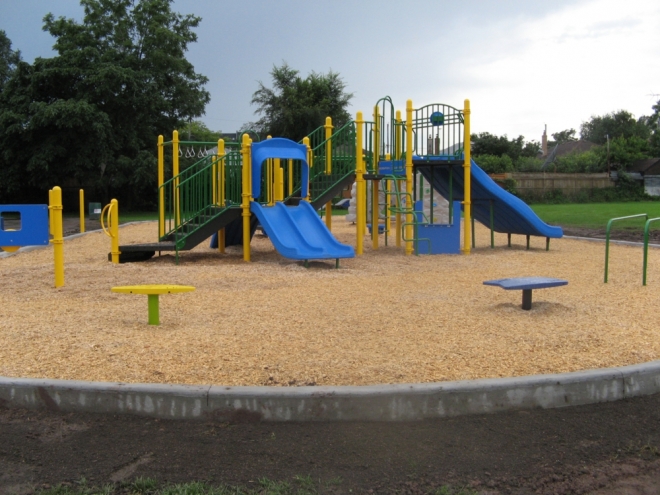This blog post will go into detail about the purpose of a playground safety policy and what it entails, but first, let’s begin with some facts. What is a playground safety policy?
Did you know?
- Approximately 80% of all playground injuries are caused by falls to the surface?
- Children between the ages of 5 and 9 suffer over 50% of playground injuries?
- Playground injuries occur at school 36% of the time, at public parks 34.3% of the time and at home 18.7% of the time?
- Playground injuries are a leading cause of injury to children in childcare and to children ages 5 to 14 in schools.
What can you do about this?
- Choose equipment that is compliant with current CSA standards.
- Always have impact-absorbing surface material at the correct depth under and around the equipment to minimize injury from falls.
- Schedule regular inspections and maintenance visits to check for faulty equipment, debris and vandalism.
- Adopt a PLAYGROUND SAFETY POLICY.
Purpose
The purpose of a playground safety policy is to provide a safe outdoor environment for the children that use your school’s playground, ensuring that all playground equipment and protective surfacing zones are checked, maintained, and inspected regularly for compliance with CSA play space standards.
Components
Playground Supervision: Children must always be monitored to ensure that they are playing appropriately and safely.
Playground Equipment, Maintenance and Repairs: All playground equipment, protective surfacing zones and play spaces have to be in compliance with CSA standards. Any new equipment, repairs or replacements shall be in compliance with CSA standards. Therefore, a Canadian Certified Playground Inspector must inspect all finished work and will ensure that all changes meet these standards. All repairs and renovations must be recorded and stored in the Playground Safety Binder.
Playground Safety Binder: Should include hard copies of your playground safety policy, injury reports, weekly visual checks, monthly maintenance checklists, playground safety inspections and policies as well as a policy review sheet.
Injury Report: The playground supervisor on duty is responsible for recording any injuries incurred on the playground. The child’s legal guardian must be notified within a reasonable time frame of the injury and an injury report has to include as much detail possible in addition to being dated and signed.
Daily Visual Checks: Daily visual checks are the responsibility of all instructors/teachers leading children into the play space. Before allowing children to enter the play space (preferably at the beginning of the day), a quick visual sweep should be completed. If there are any hazards or defects they must be removed/corrected before the children are permitted entrance to the play space. Any findings must be recorded in the Weekly Visual Check section of the Playground Safety Binder.
Weekly Visual Checks: Weekly checks must be completed by an appointed and qualified individual and recorded in the Playground Safety Binder.
Monthly Playground Maintenance Checklists: This checklist must be completed every month and be recorded and stored in the Playground Safety Binder.
Annual Detailed Playground Inspections: Annual Detailed Playground Inspections of all playground equipment have to be carried out by a Canadian Certified Playground Inspector and an Annual Comprehensive Report, following the Canadian Parks and Recreation Association guidelines, shall be completed and filed with the Owner/Operator and stored in the Playground Safety Binder.
Policy Review Sheet: All staff must review this Playground Safety Policy and be shown the policy before commencing employment. All staff must sign the policy review sheet to acknowledge that they have completed the review.
Does your school have a playground safety policy? Feel free to contact PARCS LTD to discuss the recommended frequency of inspections at your facility.
Can you think of another component of an effective playground safety policy? Leave a comment below!


